Grassland
All Grassland Content
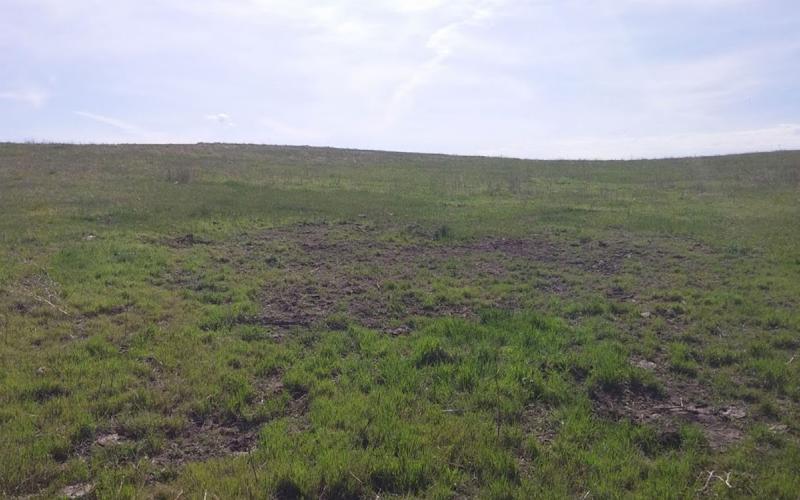
Dying Patches in Your Pasture? Make Sure You Don’t Have White Grubs.
There have been an increasing number of reports of pastures with dead areas showing up this spring. A little digging into these areas has revealed that part of the problem is the presence of true white grubs, which are the larva of June beetles.
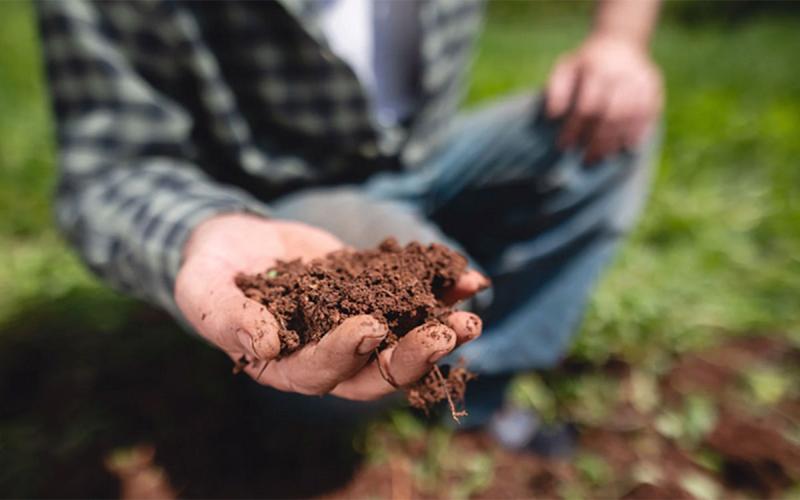
Learn about your backyard’s natural resources with SDSU Extension
May 01, 2024
Lawn and garden enthusiasts are invited to attend Backyard Natural Resources, a new four-part webinar series from South Dakota State University Extension.

South Dakota Grasshopper Prediction for 2024
In 2024, grasshoppers are likely to cause problems in areas of South Dakota due to large populations that were present in 2023 and the relatively late first hard freeze date observed in much of the state.
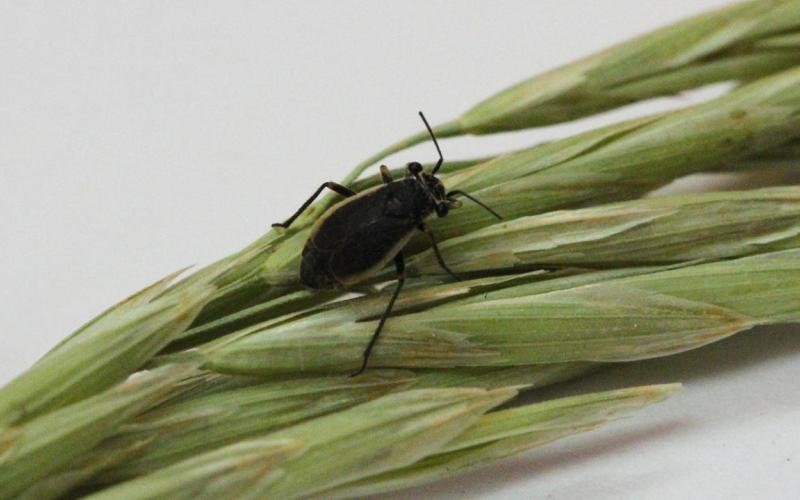
Keep an Eye on Black Grass Bugs This Spring
In South Dakota, black grass bugs are a common spring pest of forage grasses. This native insect first appears in late April and May when grasses emerge from dormancy.
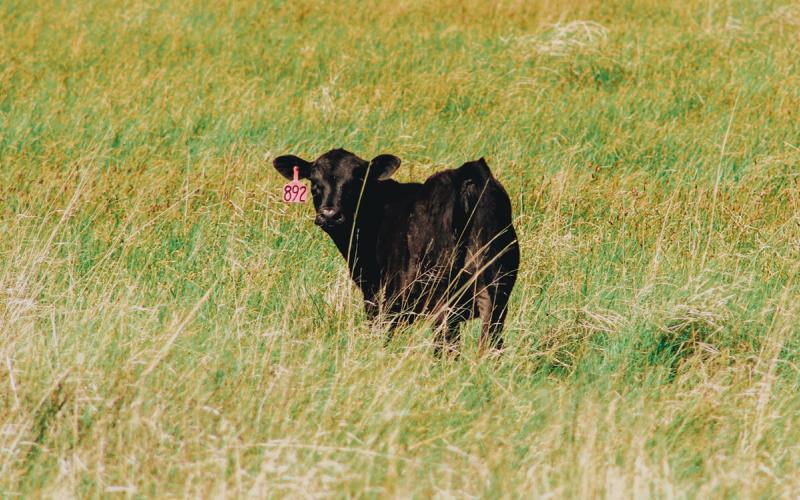
Monitoring Spring Precipitation and Range Conditions
Ideal grazing management balances the acts of grazing and recovery. Monitoring precipitation, soil moisture, and forage production can help producers make informed decisions for their herds and pastures.

Online Tools To Help With Rangeland Drought Planning
Learn about some free online tools that producers can use to assess drought conditions, evaluate forage resources, and manage herds through periods of abnormally dry weather.
![A herd of cattle gather around a stock pond on a vast, lush grassland. Courtesy: USDA [CC BY 2.0]](/sites/default/files/styles/teaser_800x500/public/2019-05/W-00231-00-cattle-grazing-grassland-pasture-range.jpg?h=8f818b46&itok=6GS1_Ww0)
Weed Control: Pasture and Range
There are 24 million acres of native and tame pasture and range as well as 1.4 million acres of grass hayland in South Dakota.
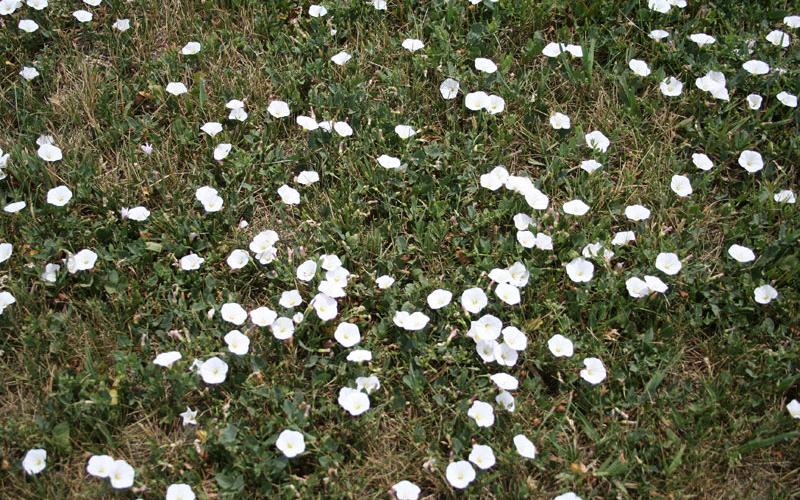
Weed Control: Noxious Weeds
Noxious Weed Recommendations: Herbicides for pasture, range, and non-crop areas, including roadside and other right-of-way that may be harvested for hay or grazed, are given a priority.
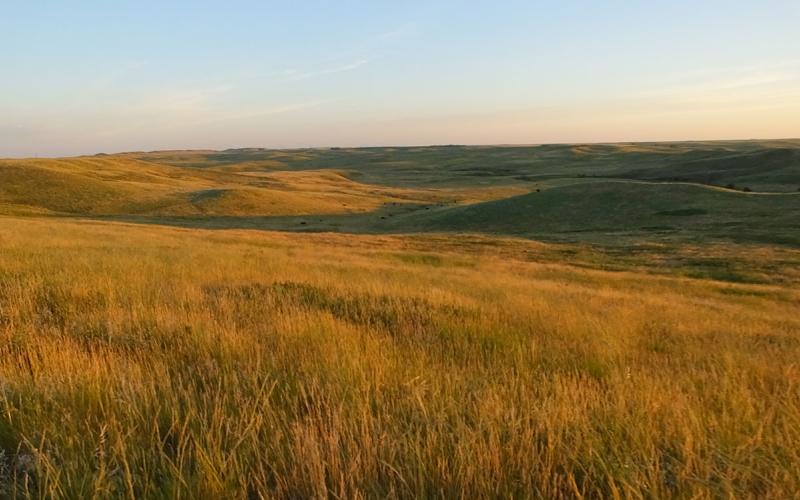
Investigating Rangeland Systems and Practices
Curriculum to teach students about the facets of rangelands.

End-of-Season Monitoring
The end of the grazing season is a great time to monitor your pasture/rangeland resources. Learn about some strategies and tools available to help assess where you stand at the end of the season.